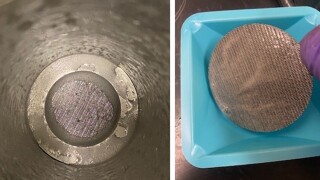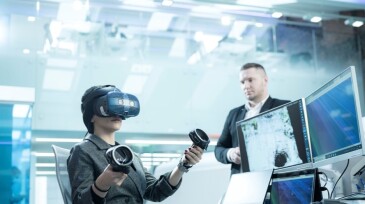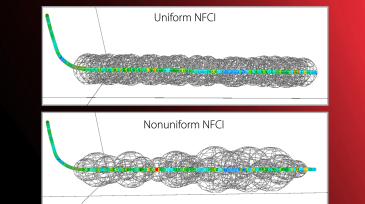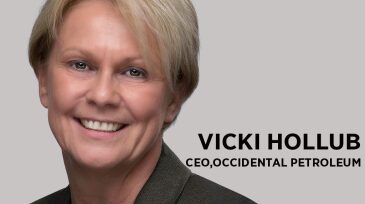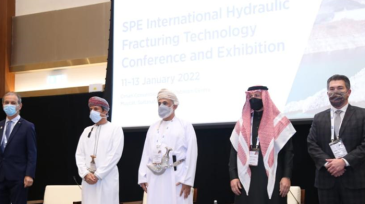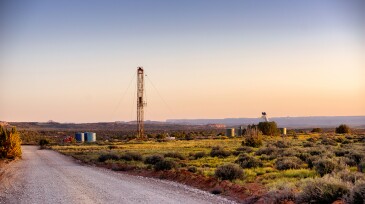Fracturing/pressure pumping
Technology developers expect the tight-oil industry to give lightweight proppants another look after the Permian Basin’s biggest operator becomes an adopter.
This paper describes development of a high-temperature water-based reservoir drill-in fluid using a novel synthetic polymer and customized with optimal chemical concentrations and sized calcium carbonate.
In this case study, a geomechanics-based approach was used to create bridging and sealing at the fracture aperture using a biparticle self-degradable lost-circulation-fluid system.
-
Gazprom Neft and a cloud computing joint venture involving Abu Dhabi National Oil Company have signed an agreement to commercialize jointly developed digital solutions in Russia and the Middle East.
-
SponsoredA novel metric allows operators to chart a new course to maximizing production. Gain greater insight into flow resistance in the near-wellbore region of a fractured well.
-
The trend toward drilling longer horizontal wells is growing with lateral lengths of 3 miles reached.
-
Highlights of what the US oil and gas chief said to SPE members at the recent Hydraulic Fracturing Technology Conference.
-
The perspectives gained from the Hydraulic Fracturing Technology Conference offer a glimpse of life after COVID-19, which looks better and different.
-
The second edition of the SPE International Hydraulic Fracturing Technology Conference and Exhibition opened in Muscat, Oman, yesterday with more than 395 oil and gas professionals from 90 companies and 28 countries.
-
Even though total produced volumes are projected to hit new record highs in the coming years, treated water is expected to be comparatively lower than in the past, despite water disposal practices increasing oilfield seismic activity, with earthquakes nearly doubling in West Texas alone in 2021.
-
It appears to be possible to sense how fractures change during production using ultrasensitive fiber-optic strain measurements.
-
A rigless chemical frac-hit remediation process was designed to address the damage mechanisms of capillary phase trapping, reduced hydrocarbon relative permeability, paraffin deposition, and minor scale deposition.
-
The disruptive nature of unconventional reservoirs has spurred the need for new ideas. But that doesn’t always mean that we need to toss out the traditional methods that got us here. Such might be the case for the recent developments unfolding around the diagnostic fracture injection test (DFIT).


